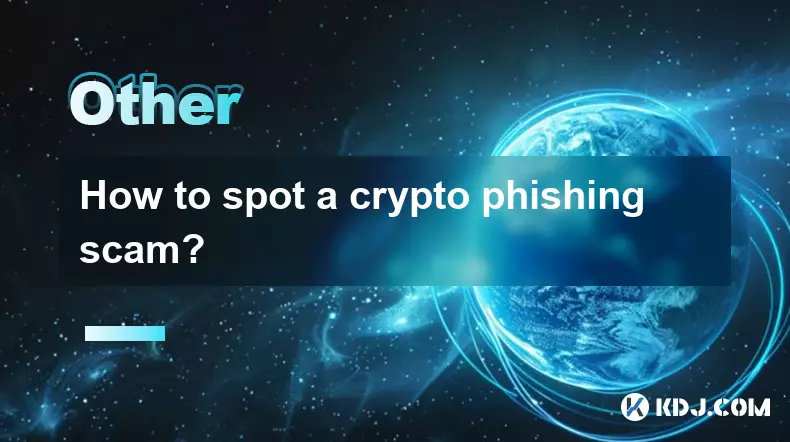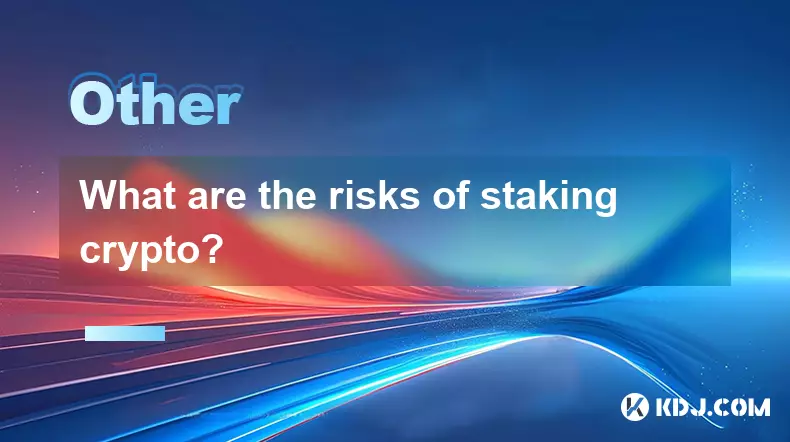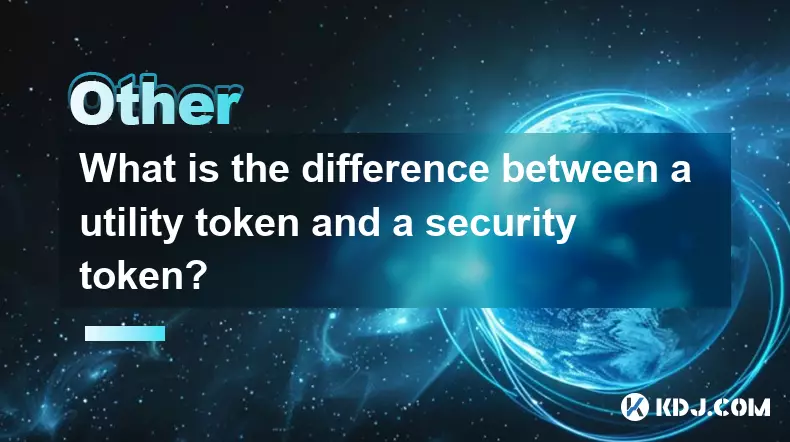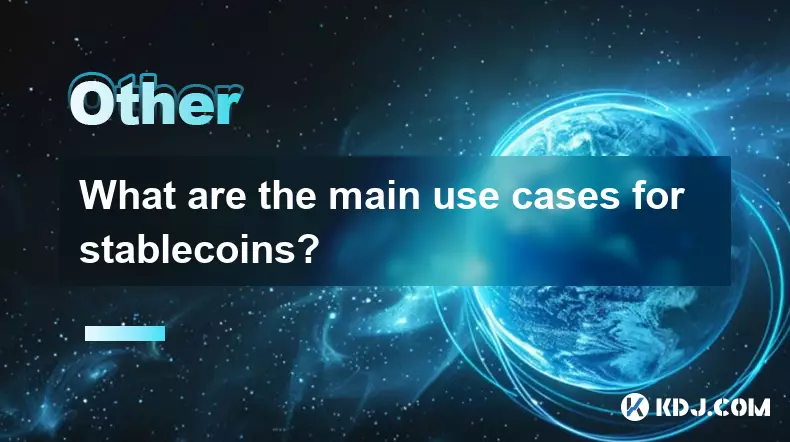-
 Bitcoin
Bitcoin $108100
-0.53% -
 Ethereum
Ethereum $4406
-0.85% -
 Tether USDt
Tether USDt $0.0000
0.00% -
 XRP
XRP $2.736
-3.29% -
 BNB
BNB $854.1
-0.62% -
 Solana
Solana $199.2
-2.23% -
 USDC
USDC $0.9998
-0.01% -
 TRON
TRON $0.3379
-1.08% -
 Dogecoin
Dogecoin $0.2113
-2.94% -
 Cardano
Cardano $0.8044
-2.83% -
 Chainlink
Chainlink $22.94
-3.31% -
 Hyperliquid
Hyperliquid $44.27
-1.09% -
 Ethena USDe
Ethena USDe $1.001
0.03% -
 Sui
Sui $3.192
-3.56% -
 Stellar
Stellar $0.3491
-3.11% -
 Bitcoin Cash
Bitcoin Cash $534.3
-2.79% -
 Avalanche
Avalanche $23.11
-3.16% -
 Cronos
Cronos $0.2785
-5.59% -
 Hedera
Hedera $0.2141
-4.96% -
 UNUS SED LEO
UNUS SED LEO $9.590
0.14% -
 Litecoin
Litecoin $108.6
-2.13% -
 Toncoin
Toncoin $3.130
-0.08% -
 Shiba Inu
Shiba Inu $0.00001204
-2.84% -
 Polkadot
Polkadot $3.711
-2.52% -
 Uniswap
Uniswap $9.469
-3.39% -
 Dai
Dai $0.9999
0.00% -
 Bitget Token
Bitget Token $4.511
-1.41% -
 Monero
Monero $263.9
0.15% -
 Aave
Aave $310.7
-3.13% -
 Ethena
Ethena $0.6331
-6.76%
How to spot a crypto phishing scam?
Always verify URLs, avoid sharing private keys, and use hardware wallets to protect your crypto from phishing scams.
Sep 01, 2025 at 09:19 am

Understanding the Anatomy of Crypto Phishing Scams
1. Cybercriminals often design phishing scams to mimic legitimate cryptocurrency platforms, wallets, or exchanges. These fake websites replicate the visual appearance of trusted services, including logos, color schemes, and navigation menus. Users who are not vigilant may enter their private keys or login credentials without realizing they are on a counterfeit site.
2. A common method involves sending emails or direct messages that appear to come from official sources. These messages may claim there is an urgent issue with an account, such as a security breach or a need to verify identity. The language used is often designed to provoke fear or urgency, pushing users to act quickly without thinking critically.
3. Fake airdrop offers are another popular tactic. Scammers promote non-existent token giveaways on social media, requiring users to connect their wallets to claim the reward. Once connected, malicious scripts can drain funds or steal sensitive information.
4. Some phishing attempts use shortened URLs or domains with slight misspellings of well-known platforms. For example, 'binance-support.com' instead of the official 'binance.com'. These subtle differences are easy to overlook but lead to fraudulent sites.
5. Malicious browser extensions or fake apps distributed through unofficial app stores can also serve as phishing tools. Once installed, they monitor user activity, capture keystrokes, or redirect traffic to phishing pages.
Red Flags to Watch For
1. Unsolicited messages asking for private keys, seed phrases, or passwords should always be treated as suspicious. Legitimate crypto services will never ask for this information through email or chat.
2. Poor grammar, awkward phrasing, or unprofessional design in communications are strong indicators of a scam. Official platforms invest in professional content and rarely make basic language errors.
3. If a website URL does not begin with 'https://' or the padlock icon is missing, it is not secure and should not be used. Always double-check the address bar before entering any credentials.
4. Offers that seem too good to be true, such as guaranteed high returns or free cryptocurrency, are almost always deceptive. Scammers use these promises to lure victims into giving up control of their assets.
5. Pop-ups or redirects that appear while browsing crypto-related content may be signs of embedded phishing scripts. These often prompt users to download software or enter wallet details.
Protecting Your Digital Assets
1. Use hardware wallets to store large amounts of cryptocurrency. These devices keep private keys offline and are less vulnerable to online attacks.
2. Enable two-factor authentication (2FA) on all exchange and wallet accounts. Prefer authenticator apps over SMS-based 2FA, as SIM-swapping attacks can compromise phone numbers.
3. Regularly update wallet software and operating systems to patch known vulnerabilities that scammers might exploit.
4. Bookmark official websites and avoid clicking on links from emails or social media. This reduces the risk of being redirected to a phishing page.
5. Verify the authenticity of any communication by contacting the platform directly through official support channels, not the contact details provided in the suspicious message.
Frequently Asked Questions
What should I do if I accidentally entered my seed phrase on a phishing site?Immediately transfer all funds from the compromised wallet to a new wallet generated on a clean device. Do not reuse any part of the old wallet. Monitor for any unauthorized transactions and consider reporting the incident to relevant authorities.
Can fake customer support agents on social media be trusted?No. Scammers often impersonate support teams on platforms like Twitter or Telegram. Always verify support accounts through the official website and avoid sharing sensitive information with anyone claiming to be customer service.
Are phishing scams only conducted through websites?No. They also occur via email, messaging apps, fake mobile apps, and even voice calls. The delivery method varies, but the goal remains the same: to steal access to your crypto assets.
How can I verify the legitimacy of a crypto airdrop?Check the official website and verified social media channels of the project. Legitimate airdrops do not require private keys and usually involve transparent, public smart contracts. Avoid any airdrop that asks for payment or sensitive data.
Disclaimer:info@kdj.com
The information provided is not trading advice. kdj.com does not assume any responsibility for any investments made based on the information provided in this article. Cryptocurrencies are highly volatile and it is highly recommended that you invest with caution after thorough research!
If you believe that the content used on this website infringes your copyright, please contact us immediately (info@kdj.com) and we will delete it promptly.
- Memecoins September 2025 Watchlist: What's Hot Now?
- 2025-08-31 23:25:15
- Eric Trump Predicts Bitcoin to $1 Million: Hype or Reality?
- 2025-08-31 23:25:15
- BlockDAG: Redefining Scalability and ROI Potential in 2025
- 2025-08-31 23:05:16
- Ozak AI, Altcoins, and 20x Potential: Navigating the Crypto Landscape
- 2025-09-01 00:05:12
- Bonk Price, Solana Meme Coin, and the Rise of Layer Brett: A New Era?
- 2025-08-31 21:25:12
- ETH Transactions Soar, BTC Whale Shifts Gears: Decoding August's Crypto Charts
- 2025-08-31 21:05:16
Related knowledge

What are the risks of staking crypto?
Aug 30,2025 at 10:01pm
Risks Associated with Cryptocurrency Staking1. Market volatility can severely impact staked assets. The value of cryptocurrencies is highly unpredicta...

What is the difference between a utility token and a security token?
Sep 01,2025 at 07:36am
Understanding Utility Tokens in the Cryptocurrency Ecosystem1. Utility tokens are digital assets designed to provide users with access to a specific p...

What is the Howey Test and its relevance to crypto?
Aug 31,2025 at 06:00am
Understanding the Howey Test in Financial Regulation1. The Howey Test originated from a 1946 U.S. Supreme Court case, SEC v. W.J. Howey Co., which est...

What are the main use cases for stablecoins?
Aug 30,2025 at 03:41am
Main Use Cases for Stablecoins 1. Stablecoins serve as a reliable medium of exchange in volatile cryptocurrency markets. Traders often convert their h...

How to spot a crypto phishing scam?
Sep 01,2025 at 09:19am
Understanding the Anatomy of Crypto Phishing Scams1. Cybercriminals often design phishing scams to mimic legitimate cryptocurrency platforms, wallets,...

What is a "vampire attack" in DeFi?
Aug 29,2025 at 09:36pm
Understanding the Concept of Vampire Attacks in DeFi1. A vampire attack in the decentralized finance (DeFi) space refers to a strategic effort by one ...

What are the risks of staking crypto?
Aug 30,2025 at 10:01pm
Risks Associated with Cryptocurrency Staking1. Market volatility can severely impact staked assets. The value of cryptocurrencies is highly unpredicta...

What is the difference between a utility token and a security token?
Sep 01,2025 at 07:36am
Understanding Utility Tokens in the Cryptocurrency Ecosystem1. Utility tokens are digital assets designed to provide users with access to a specific p...

What is the Howey Test and its relevance to crypto?
Aug 31,2025 at 06:00am
Understanding the Howey Test in Financial Regulation1. The Howey Test originated from a 1946 U.S. Supreme Court case, SEC v. W.J. Howey Co., which est...

What are the main use cases for stablecoins?
Aug 30,2025 at 03:41am
Main Use Cases for Stablecoins 1. Stablecoins serve as a reliable medium of exchange in volatile cryptocurrency markets. Traders often convert their h...

How to spot a crypto phishing scam?
Sep 01,2025 at 09:19am
Understanding the Anatomy of Crypto Phishing Scams1. Cybercriminals often design phishing scams to mimic legitimate cryptocurrency platforms, wallets,...

What is a "vampire attack" in DeFi?
Aug 29,2025 at 09:36pm
Understanding the Concept of Vampire Attacks in DeFi1. A vampire attack in the decentralized finance (DeFi) space refers to a strategic effort by one ...
See all articles

























































































